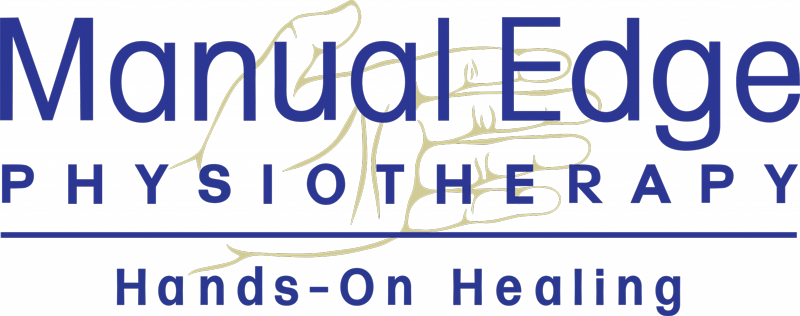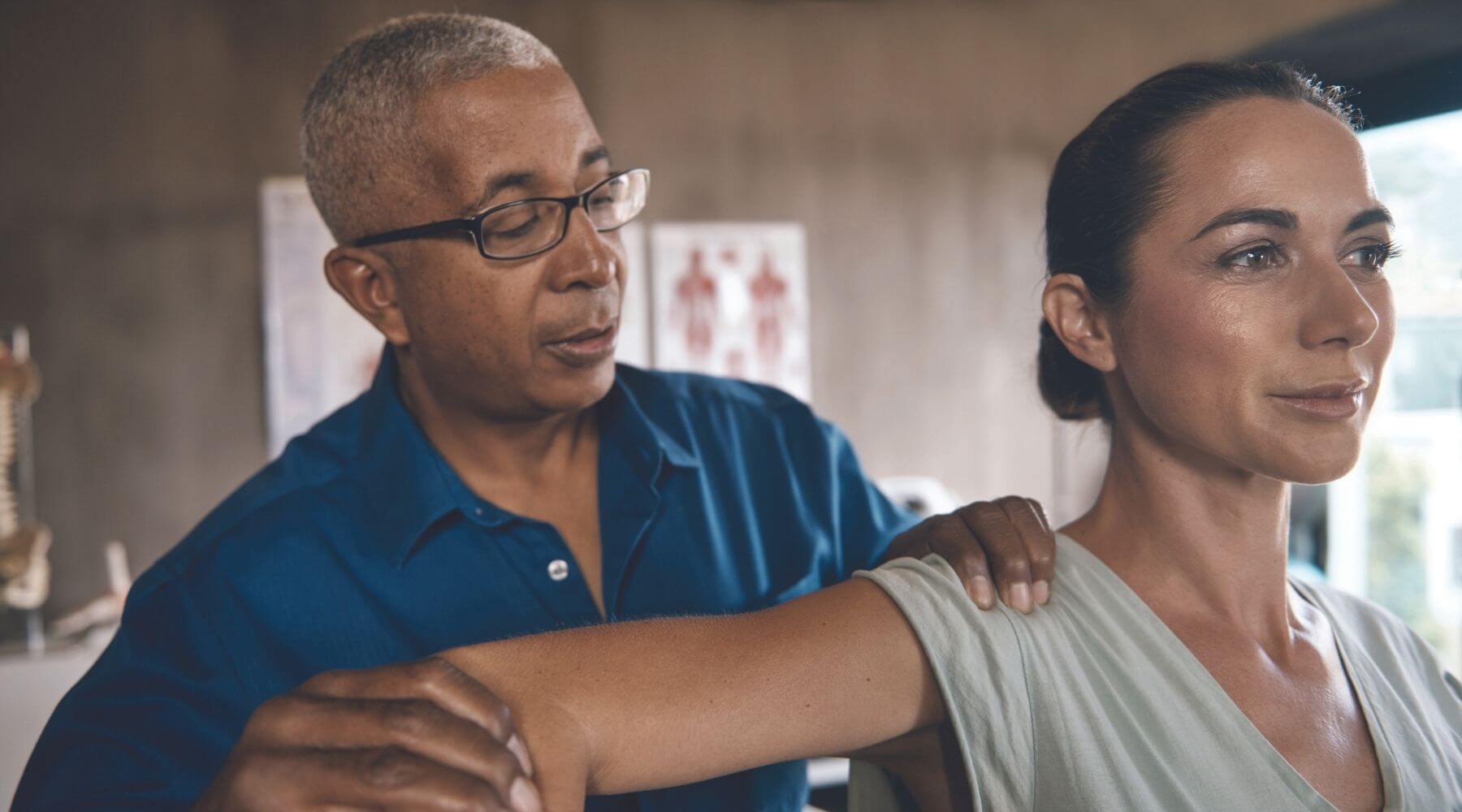Shoulder Physical Therapyin Colorado Springs
Shoulder pain can arise from within the shoulder joints and surrounding muscles, ligaments and tendons. On occasion, it is caused by a problem within the shoulder that worsens when you move it. Shoulder pain that isn’t worsened by moving your shoulder is more likely to be something called “referred pain,” which is caused by diseases or conditions affecting structures in your chest or abdomen. If shoulder pain is accompanied by difficulty breathing or a sense of tightness in the chest, please seek immediate medical attention as it may be a symptom of heart attack.
Rotator Cuff
Your rotator cuff is made up of the muscles and tendons in your shoulder. These muscles and tendons connect your upper arm bone with your shoulder blade. They also help hold the ball of your upper arm bone firmly in your shoulder socket. The combination results in the greatest range of motion of any joint in your body. A rotator cuff injury includes any type of irritation or damage to your rotator cuff muscles or tendons. Causes of a rotator cuff injury may include falling, lifting and repetitive arm activities — especially those done overhead, such as throwing a baseball or placing items on overhead shelves.
Frozen Shoulder
Frozen shoulder, also known as adhesive capsulitis, is a condition characterized by stiffness and pain in your shoulder joint. Signs and symptoms begin gradually, worsen over time and then resolve, usually within a two-year period. Your risk of developing frozen shoulder increases if you’ve recently had to have your arm in a sling for several weeks, or if you have had surgery in which your arm was immobilized in a specific position for a prolonged period.
Information courtesy of the American Physical Therapy Association.


